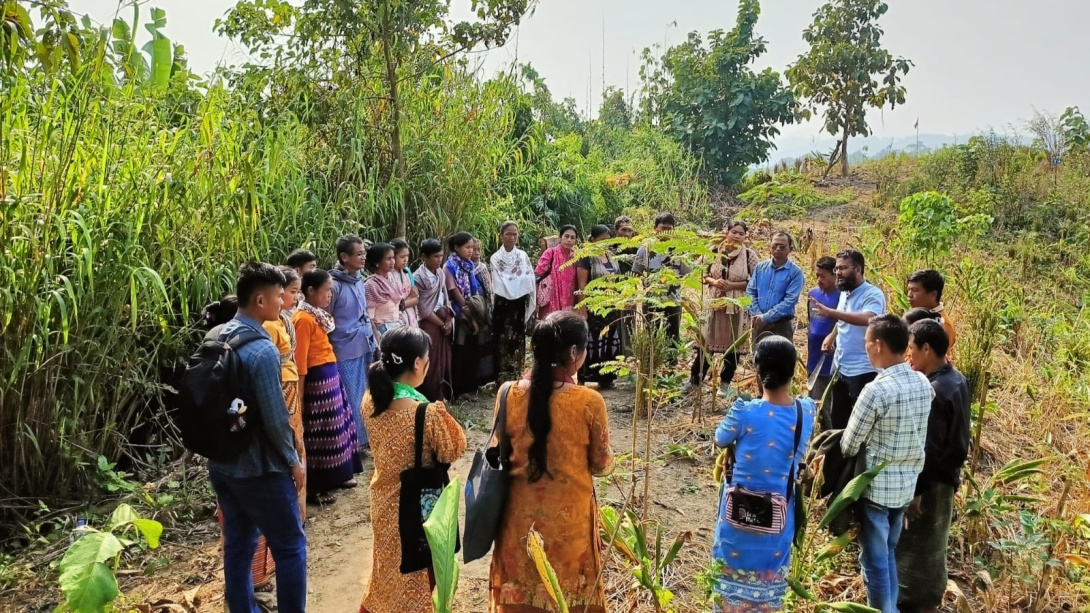
This project is increasing tree cover and biodiversity in the degraded forest landscapes of the Chittagong Hill Tracts of Bangladesh. The aim is to restore forests, make local communities' livelihoods climate-resilient, reduce greenhouse gas emissions from deforestation and slash-and-burn agriculture and increase carbon sequestration.
Loss of forest cover damages wildlife and increases hazards
The Chittagong Hill Tracts cover about 10% of the total land area in Bangladesh and 43% of the country's total forest lands. These areas have seen severe deforestation and forest degradation due to overharvesting and lack of sustainable management, shifting - or slash-and-burn - cultivation, land use change and other factors.
The loss of forest cover has resulted in the loss of wildlife habitats, increased soil erosion and landslides, reduced streamflow with consequent water scarcity from December to April, and flash flooding during the peak rainy season. These natural hazards are likely to increase significantly by 2030.
In addition, restoring forest cover and biodiversity in these degraded forest landscapes is essential to achieve the country's forestry sector development goals and other targets, including its target for SDG-15, Life on Land. The Bangladesh target for SDG-15 is to enhance its forest area to 18% of its total land area by 2025 and to 20% by 2030 (it was 14.1% in 2015).
Tree based-farming supports landscape restoration and livelihoods
This project aims to scale up forest landscape restoration in the Chittagong Hill Tracts based on evidence gathered during a pilot project implemented by Arannayk Foundation and Tahzingdong in Bandarban district in collaboration with US Forest Service International Programs.
Arannayk Foundation has been testing forest landscape restoration models for five types of land use and land cover (LULC) conditions in the mixed land-use landscape. The models use a combination of assisted natural regeneration and planting of endangered local tree species. On land affected by shifting cultivation, the pilot used an agroforestry model, including a combination of fruit tree planting (400 per hectare) and timber tree planting along boundaries.
Restoration of forest cover in the degraded areas of forest landscapes will support the revival of ecosystem services, including biodiversity, improved wildlife habitats, increased streamflow during the dry season, and contribute to reduced soil erosion and landslides and improved soil fertility. Shifting cultivation will be replaced by tree-based farming.
The project will increase local communities' livelihood security and resilience to climatic hazards like drought and flash floods, which are damaging to annual crops. Awareness-raising and capacity-building interventions will promote gender equality, women's empowerment and inclusive participation of poor and disadvantaged households.